News
-
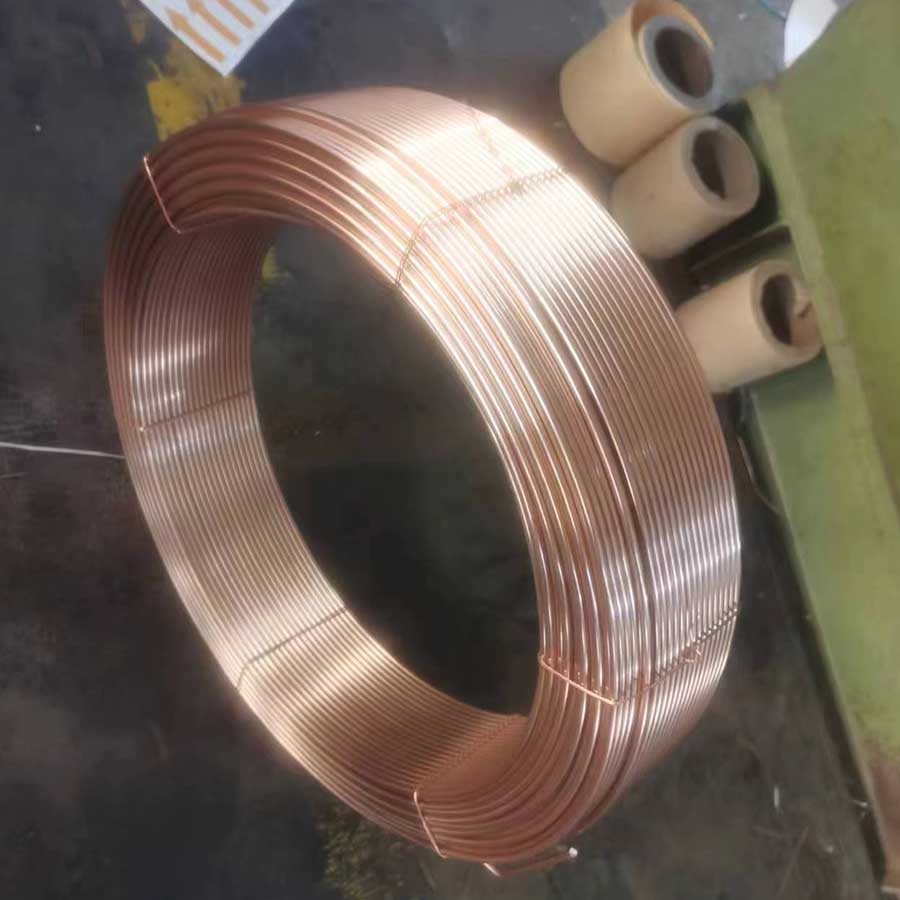 Carbon steel welding wire, as a key material in welding processes, has a wide range of applications, covering multiple important industries. The following is an overview of the main application areas of carbon steel welding wire.Read more
Carbon steel welding wire, as a key material in welding processes, has a wide range of applications, covering multiple important industries. The following is an overview of the main application areas of carbon steel welding wire.Read more -
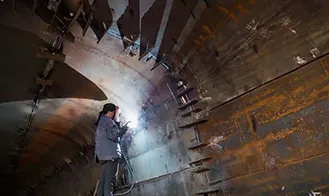 In the construction industry, safety protocols are critical, especially when working with hazardous materials like acetylene cylindersRead more
In the construction industry, safety protocols are critical, especially when working with hazardous materials like acetylene cylindersRead more -
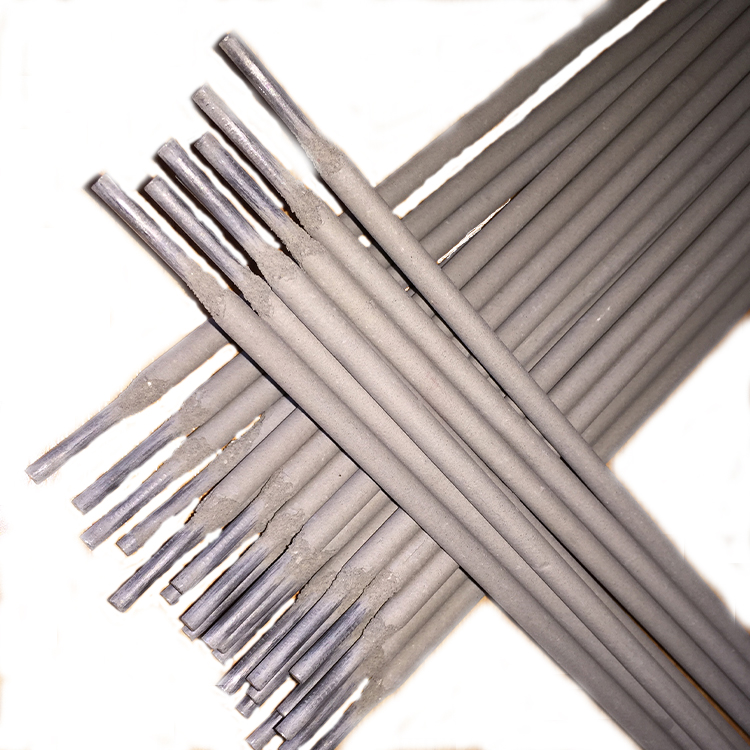 Carbon steel is a common metal material widely used in various fields.Read more
Carbon steel is a common metal material widely used in various fields.Read more -
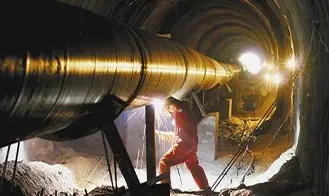 The dangerous incident involving the welder in a hardware store who utilized oxygen instead of compressed air during a compressor repair underscores critical safety failures and errors in the welding industry.Read more
The dangerous incident involving the welder in a hardware store who utilized oxygen instead of compressed air during a compressor repair underscores critical safety failures and errors in the welding industry.Read more -
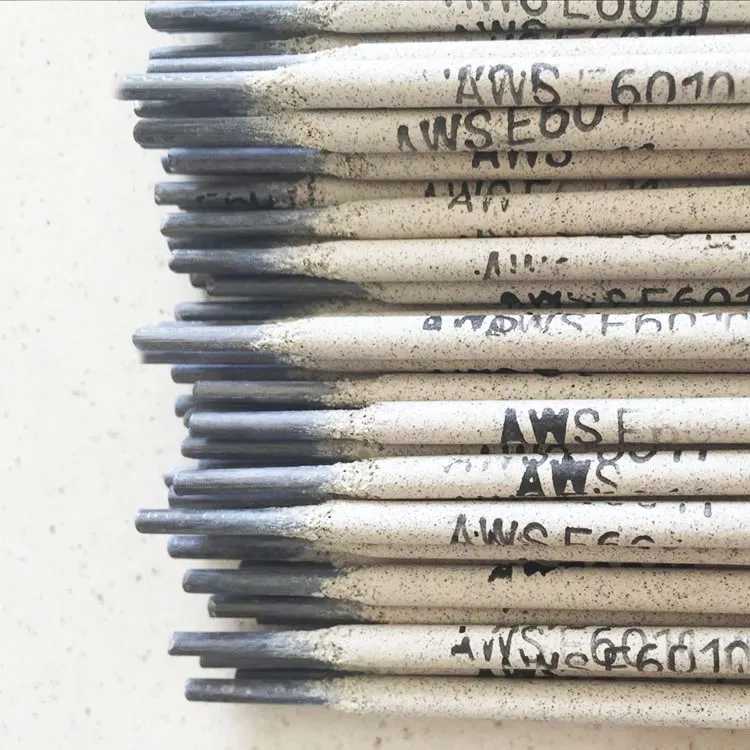 E6010 electrode is a high-cellulose sodium type vertical downward electrode, which conforms to my country's GB E4310 standard and is equivalent to the international standard AWS E6010.Read more
E6010 electrode is a high-cellulose sodium type vertical downward electrode, which conforms to my country's GB E4310 standard and is equivalent to the international standard AWS E6010.Read more -
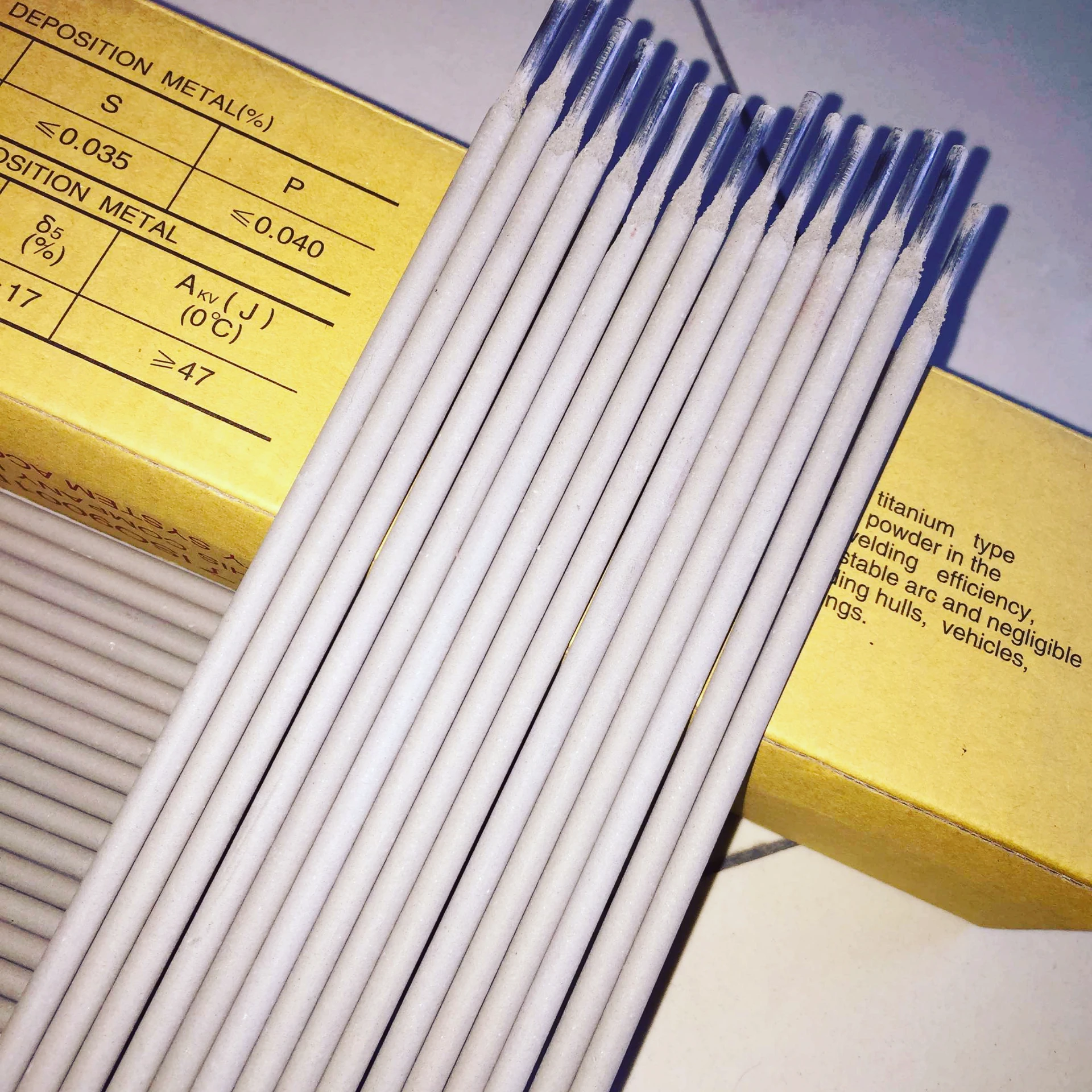 In the diverse world of welding, understanding the specifications and applications of various electrodes is crucial for achieving optimal results.Read more
In the diverse world of welding, understanding the specifications and applications of various electrodes is crucial for achieving optimal results.Read more -
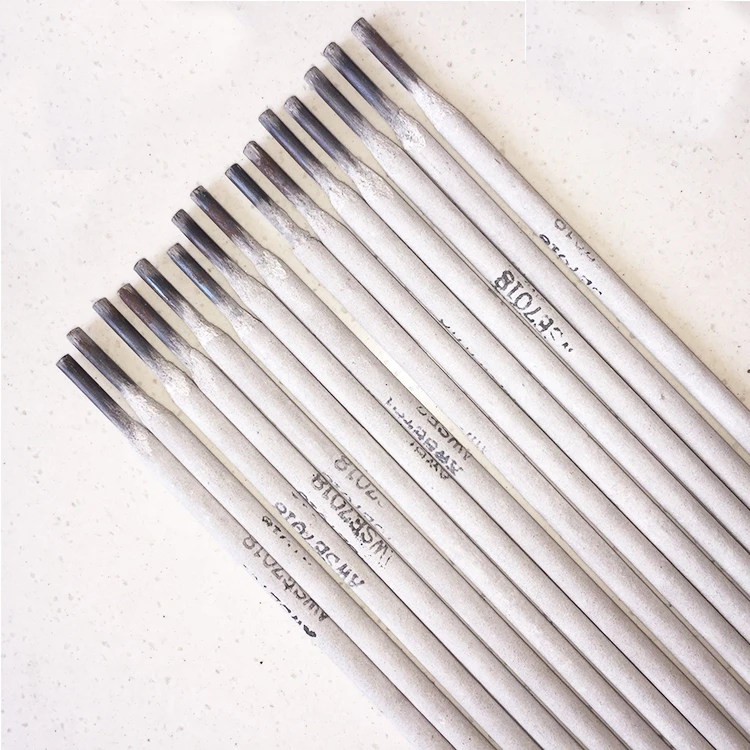 Welding is a vital skill used in various industries, from construction to automotive repair. As a beginner welder or an experienced fabricator, understanding the nuances of different welding rods is crucial for achieving quality welds. One of the most popular welding rods is the 7018 welding rod, known for its versatility and strength.Read more
Welding is a vital skill used in various industries, from construction to automotive repair. As a beginner welder or an experienced fabricator, understanding the nuances of different welding rods is crucial for achieving quality welds. One of the most popular welding rods is the 7018 welding rod, known for its versatility and strength.Read more -
 In the quiet confines of a pesticide factory, the routine task of welding took a tragic turn when a seasoned welder, tasked with welding a baffle inside a breeding pot, made a critical error.Read more
In the quiet confines of a pesticide factory, the routine task of welding took a tragic turn when a seasoned welder, tasked with welding a baffle inside a breeding pot, made a critical error.Read more -
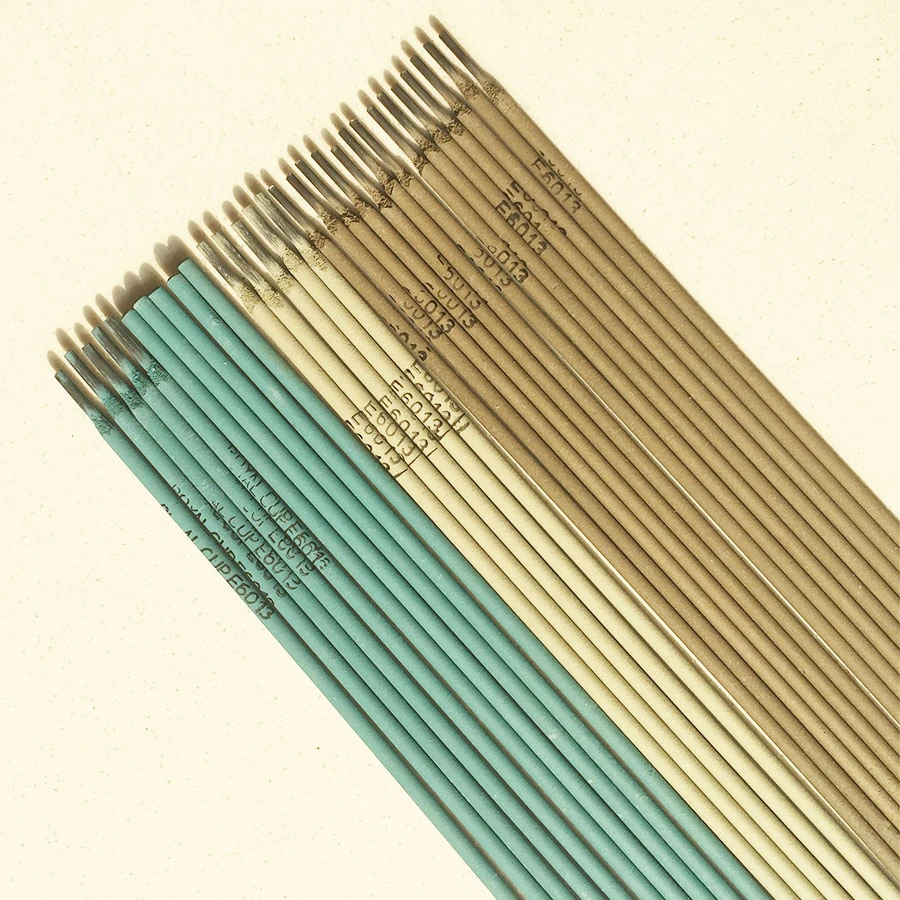 Welcome, fellow welders and metal magicians, to the grand showdown between two of the welding world’s heavyweight champions: E6013 and E6011! If you’ve found yourself daydreaming about the perfect welding rod while sipping your morning coffee (and let’s be honest, who hasn’t?), you’re in the right place. Prepare for a humorous and enlightening journey into the world of welding rods, their differences, and maybe even a little comedy along the way.Read more
Welcome, fellow welders and metal magicians, to the grand showdown between two of the welding world’s heavyweight champions: E6013 and E6011! If you’ve found yourself daydreaming about the perfect welding rod while sipping your morning coffee (and let’s be honest, who hasn’t?), you’re in the right place. Prepare for a humorous and enlightening journey into the world of welding rods, their differences, and maybe even a little comedy along the way.Read more -
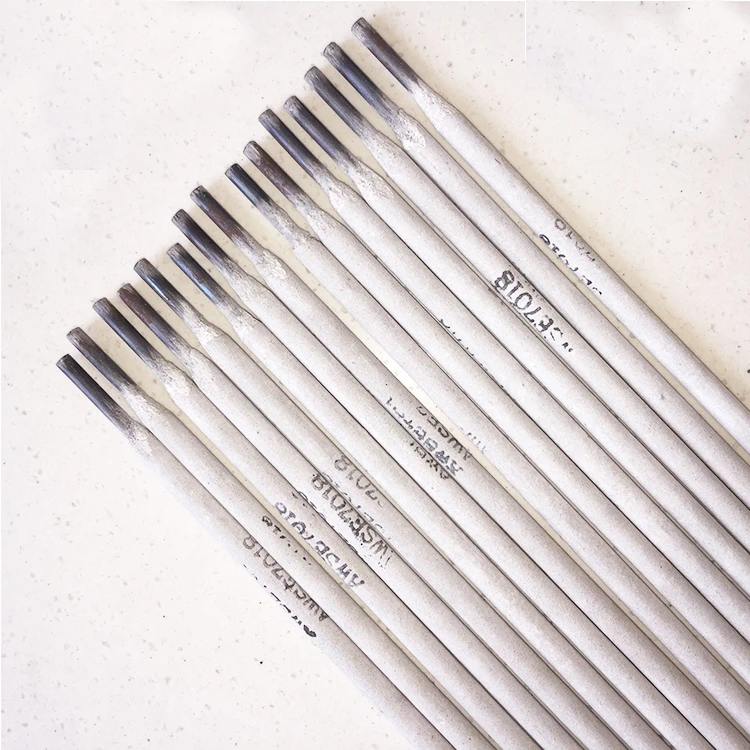 Welcome to the thrilling world of welding! Today, we're diving deep into a classic debate that every welding enthusiast has faced at least once: E6013 vs E7018.Read more
Welcome to the thrilling world of welding! Today, we're diving deep into a classic debate that every welding enthusiast has faced at least once: E6013 vs E7018.Read more -
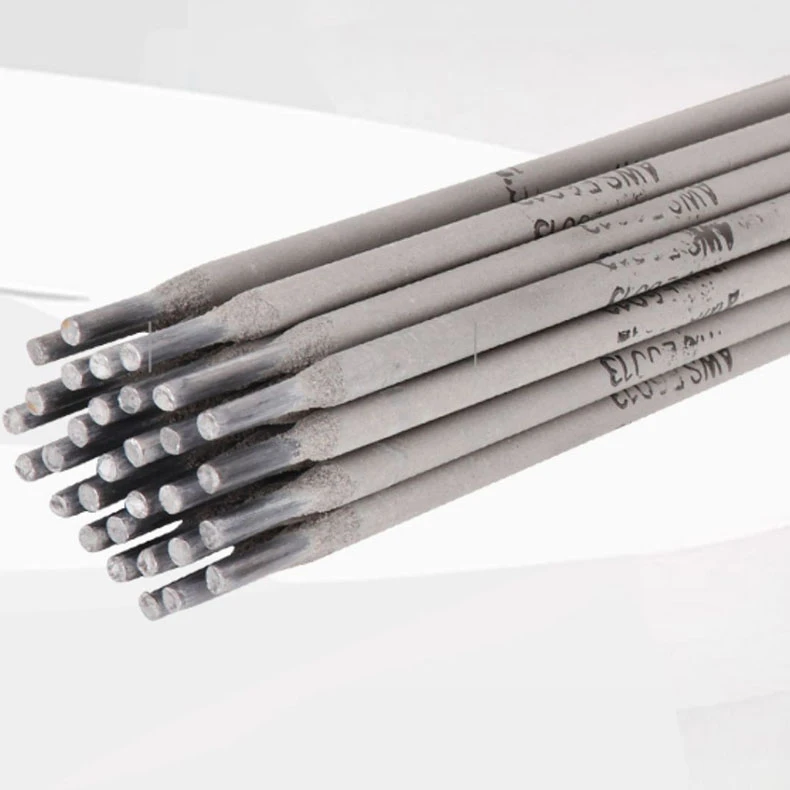 If you're diving into the world of welding, you've likely stumbled upon the term "E7016 welding rod." But what exactly is it used for? Grab your welding helmet, and let’s spark up an enlightening discussion about this versatile welding rod that's got every welder buzzing!Read more
If you're diving into the world of welding, you've likely stumbled upon the term "E7016 welding rod." But what exactly is it used for? Grab your welding helmet, and let’s spark up an enlightening discussion about this versatile welding rod that's got every welder buzzing!Read more -
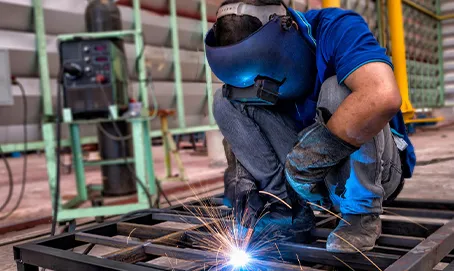 When welding, welders need to take comprehensive protective measures to ensure their safety and health.Read more
When welding, welders need to take comprehensive protective measures to ensure their safety and health.Read more


